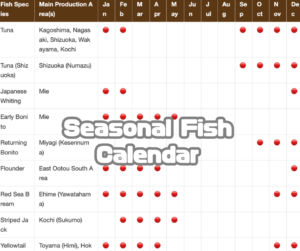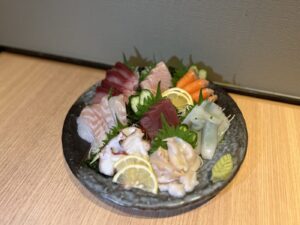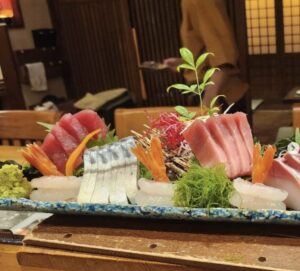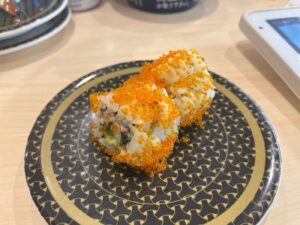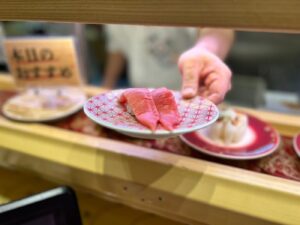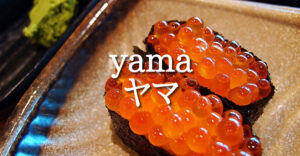
Sushi rice characteristics explained! What is the reason for fanning sushi rice?
Knowing the varieties of sushi rice, their characteristics, and how to choose the right one will help you make delicious sushi. Sushi rice is also important for chirashi sushi and maki sushi made at home.
Here we will explain the characteristics of rice required for sushi rice. We will also explain why we fan the rice with an uchiwa when making sushi rice.
What are the characteristics of rice required for sushi rice?
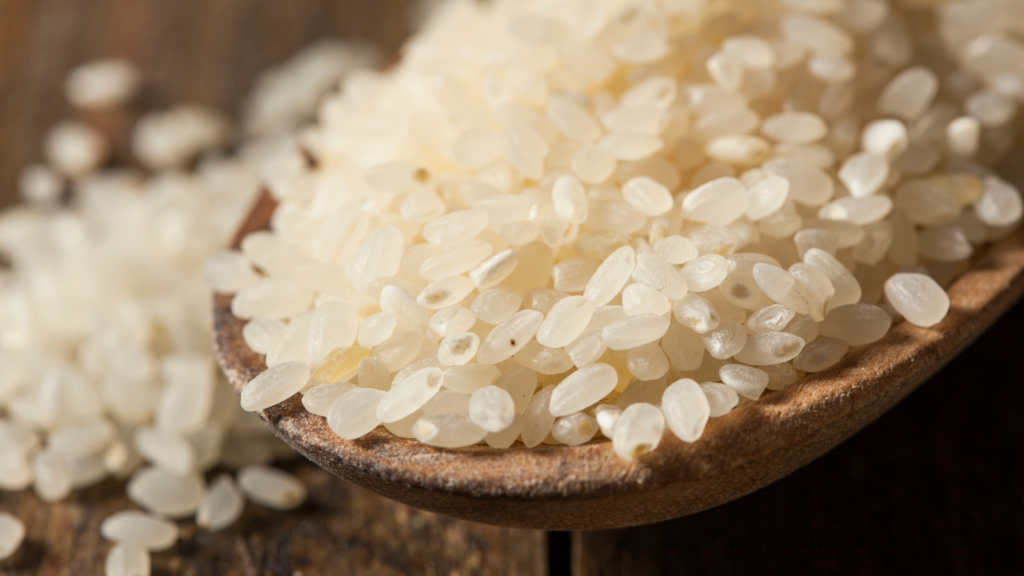
Sushi rice is rice suitable for making sushi. Here are some of the unique characteristics of such sushi rice.
Although different artisans have different preferences, there are three main characteristics they want in the rice varieties they seek for sushi rice.
palatability
Low stickiness, grains do not stick to each other, and grains should be mild with moderate chewiness.
Ease of grip
Moderate moisture content, difficult to squish, hard to break apart, and pleasant to the touch.
Absorption of Vinegar
Does the vinegar penetrate easily and keep the texture moist for a long time?
The appropriate variety for sushi rice must be selected based on the above characteristics.
Rice varieties generally considered suitable for sushi rice include Sasanishiki, Nihonbare, and Akita Komachi.
Sasanishiki has a light texture and blends well with vinegar.
Nihonbare is characterized by its low stickiness and chewiness, and is used in many sushi restaurants. And Akita Komachi, with its characteristic of tasting good even when cold, is another variety recommended for sushi rice.
Furthermore, old rice is recommended over new rice, no matter what the variety. This is due to the difference in moisture content.
In the case of new rice, the moisture content is so high that it is unbalanced with vinegar and may end up being watery. However, in the case of old rice, the moisture content is just the right amount, so the rice is well balanced with vinegar and becomes just the right sushi rice.
In many sushi restaurants, old rice and new rice are blended to bring out the best of both worlds. This is a technique that only professionals can master, but even the average home cook can make delicious sushi rice with a little ingenuity.
Why fan the sushi rice with an uchiwa?
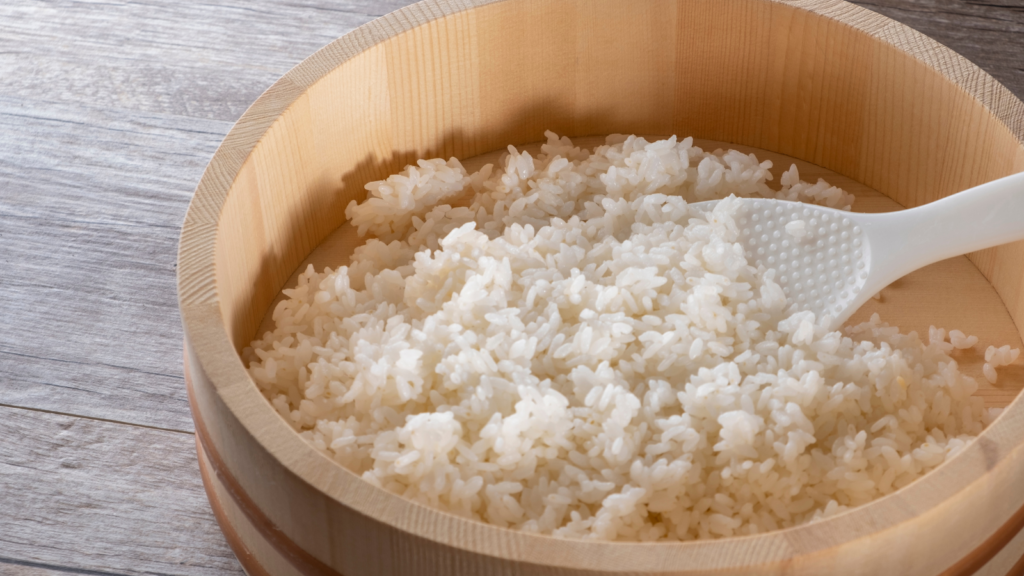
When you think of sushi rice, you may think of a scene where you fan yourself with an uchiwa.
So why fan yourself with an uchiwa?
Fanning with an uchiwa is not done while making the rice, but after the rice and vinegar are properly mixed.
This is because rice must be freshly prepared and hot to absorb the vinegar, so it must be mixed before it cools.
Mixing vinegar into cold rice will cause the vinegar to stick to the surface, making it watery. To prevent this from happening, make sure the rice and sushi vinegar are evenly mixed before fanning it with an uchiwa.
If the rice and sushi vinegar are mixed, the rice will feel heavier than the sushi rice.
There are two reasons to fan yourself with an uchiwa when making sushi rice.
The first is to adjust the moisture content of the sushi rice.
Leaving the vinegar mixed in with freshly cooked rice will result in too much moisture and sticky sushi rice. Therefore, fanning the rice with an uchiwa (fan fan) to remove a moderate amount of water will bring the rice to just the right moisture level.
The second is to take advantage of the flavor of vinegar.
Sushi rice is best served at the temperature of human skin for a flavorful and tasty result. However, care should be taken not to let it cool too much. If it is allowed to cool too much, the rice will become hard and will not be good-tasting sushi rice.
Keep fanning it with an uchiwa, and if the rice looks like it is glowing, the vinegar has been moderately absorbed. Leave it for a while and see how it looks. Be sure to cover the rice with a wet cloth to prevent the sushi rice from drying out.
Plastic wrap can also be used, but it is recommended to poke holes in some places with a fork or toothpick, as the water droplets will cause steaming. However, please cover with wet kitchen paper in advance.
Leave the rice in these conditions for 60 to 90 minutes to get the sushi rice just right.
If you are wondering how to choose sushi rice, first understand the characteristics of the variety!
The key to selecting sushi rice is to understand the characteristics of the variety.
Characteristics considered suitable for sushi rice include good palatability, ease of nigiri (rice molding), and good absorption of vinegar. Varieties with these characteristics include Sasanishiki, Nihonbare, and Akita Komachi. When making sushi rice, it is also important to fan it with an uchiwa fan to adjust moisture and improve flavor.
If you are wondering what variety of sushi rice to use, we also recommend “Hatsushimo” rice produced in Gifu Prefecture. Its low stickiness, moderate sweetness, and light texture make it ideal for sushi rice.


